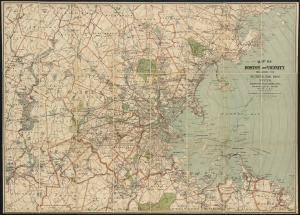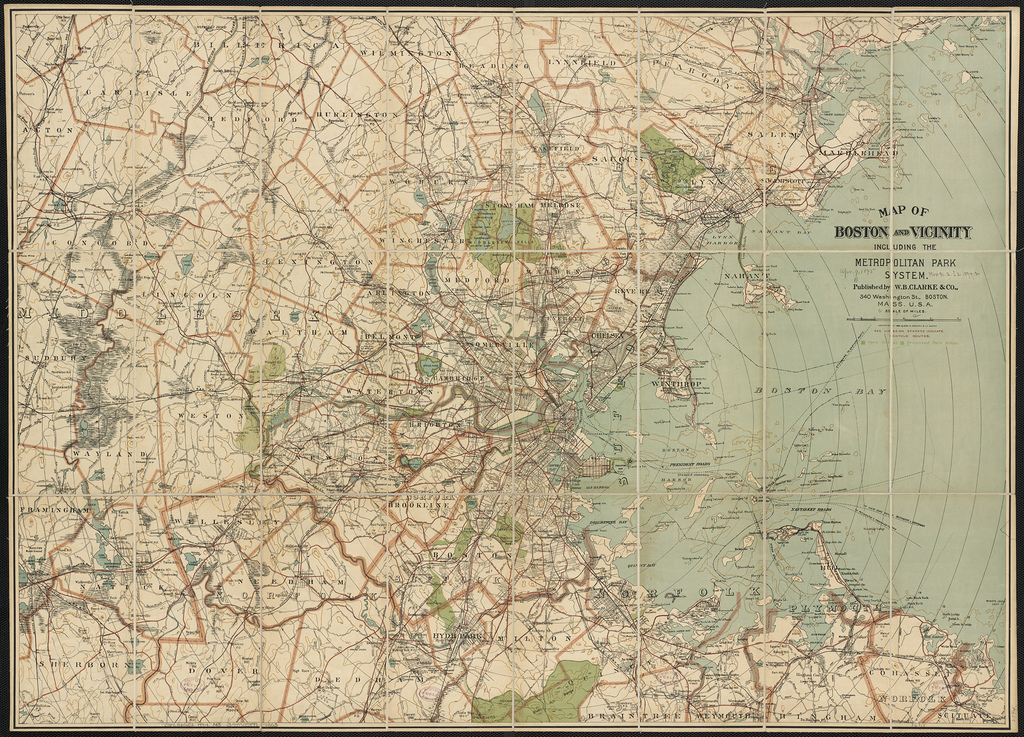
Recent events in Boston and to some extent in Newtown have brought to light a lot of misreporting in the media regarding crises. We are all human and do make mistakes, however some of this misreporting goes beyond that. News today is competitive and journalists want to be the ones to break the story, but that doesn’t excuse distributing information that hasn’t been fully vetted.
Quality Journalism
Part of the issue is the struggle that news outlets face in the age of Twitter and minute-by-minute updates. After all, it’s much easier to string together 140 characters than an accurate article. News outlets have to start accepting that they are no longer the only or fastest source for breaking news; average people with a Twitter account are. What they still are is a source for vetted, truthful stories. Or at least they should be.
When the news broke about Boston, I was monitoring Twitter. The event was pretty recent and I knew if I wanted updates that Twitter would be the fastest way to get them. However, that doesn’t mean that I necessarily believe what I read on Twitter. To me, it’s like Wikipedia, a good place to start, but I’m not assured of the content’s veracity until I check a citation or second source. I believe something when I see it on a reputable news outlet’s website. Incorrect news reported during the last few days include; that additional bombs had been found, that a Saudi runner was being treated as a suspect, that 12 people lost their lives and that a suspect had been taken into federal custody.
So how could the media have done a better job regarding the Boston tragedy?
Sources:
This is the crux of the issue. Outlets took stories and ran them early and they turned out not to be true. While watching The Newsroom (which I highly recommend), I learned that, unofficially, in journalism you should have a story confirmed by two sources before you run it (since The Newsroom is fiction, I checked and it is a real thing). But even that doesn’t always ensure that what you are reporting is true. CNN claimed to have three sources (the AP only gave one) for its report that an arrest was made in Boston. It takes reputable sources that know what they are talking about to really give a story.
Photos:
It’s one thing to hear about carnage, but it’s entirely another to see it. Many outlets intelligently put up disclaimers that the images surrounding the explosions were graphic, but some didn’t. Worst of all was the New York Post (don’t get me started) publishing a cover with two men who might be responsible (shocker: they weren’t). Are you kidding me?
What are the repercussions?
False information
This can do more than just misinform readers; it can misinform authorities and waste their time and resources looking for the perpetrators. The FBI even called out the news media for mistaken reports by saying that unverified reporting could have “unintended consequences” for its investigation.
After Sandy Hook and the misreporting that happened there (it’s Newtown, not Newton; it was Adam, not Ryan Lanza), you would think that the media would have handled the next crisis better. We all want to know what’s going on in situations like these, but it is the job of the media to ensure that they disseminate valid information, and to acknowledge when they have made a mistake.
You can donate to those impacted here, but peruse this article first.
Additional reading:
Breaking News Is Broken – Don’t watch cable news. Shut off Twitter. You’d be better off cleaning your gutters.


